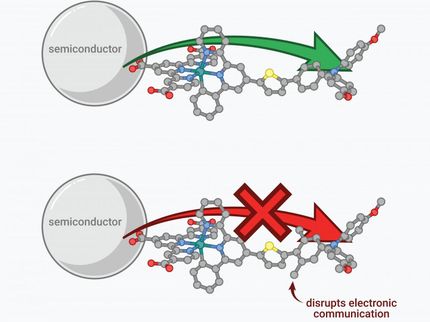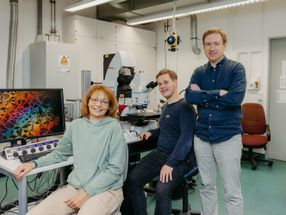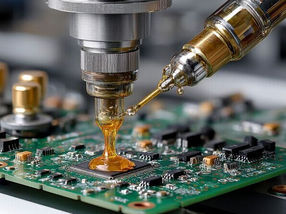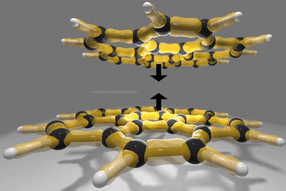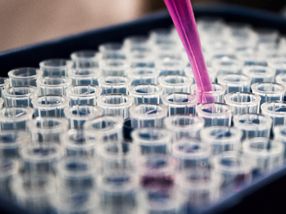Plastic solar cells' new design promises bright future
Unprecedented fill factors of 80 percent come close to that of silicon solar cells
Advertisement
Energy consumption is growing rapidly in the 21st century, with rising energy costs and sustainability issues greatly impacting the quality of human life. Harvesting energy directly from sunlight to generate electricity using photovoltaic technologies is considered to be one of the most promising opportunities to produce electricity in an environmentally benign fashion.
Among the various photovoltaic technologies, polymer (plastic) solar cells offer unique attractions and opportunities. These solar cells contain Earth-abundant and environmentally benign materials, can be made flexible and lightweight, and can be fabricated using roll-to-roll technologies similar to how newspapers are printed. But the challenge has been improving the cells' power-conversion efficiency.
Now a research team of faculty members and students led by Professor Tobin J. Marks of Northwestern University reports the design and synthesis of new polymer semiconductors and reports the realization of polymer solar cells with fill factors of 80 percent -- a first. This number is close to that of silicon solar cells.
"Our results indicate that the power-conversion efficiency achievable with polymer solar cells may be far beyond the current levels, heralding a bright future for this technology," Marks said. "With our high fill factors, polymers with very good but not champion light absorption still are able to achieve very good efficiency."
Marks is the Vladimir N. Ipatieff Research Professor of Chemistry in the Weinberg College of Arts and Sciences and Professor of Materials Science and Engineering in the McCormick School of Engineering and Applied Science.
The study was published by the journal Nature Photonics.
The team showed that the exceptional fill factors arise from high levels of order in the mixture of polymer donor chains and buckyball acceptor components, the way these two components are distributed within the cell active layer, and a "face-on" orientation of the polymer chains on the electrode surface.
The fill factor achieved is more than 10 percent greater than previously achieved by the polymer solar cell community, and, in the present study, although the polymer semiconductors have non-optimal light absorption characteristics, a near-record power-conversion efficiency as high as 8.7 percent is still obtained.
The working principle of polymer solar cells differs greatly from that of traditional silicon solar cells. The active layers of polymer solar cells typically contain a mixture of polymer chains that can donate electrons and "buckyball" molecules that accept electrons. (Buckminsterfullerene, or buckyball, is a spherical fullerene molecule with the formula C60.)
Under solar irradiation, electronic excitation generates mobile electron-hole pairs called excitons. The excitons then diffuse through the active layer of the cell, separating at donor-acceptor interfaces into free charge carriers (electrons and holes) that are collected as electrical current when they reach the cell electrodes.
In spite of the attractions of polymer solar cells, their large-scale application has been limited by the relatively low power-conversion efficiency, which is defined as the percentage of the power generated by the cell versus the power of the incident sunlight. The power produced by a solar cell is the product of three cell performance parameters: the open circuit voltage, the short circuit current and the fill factor. Various strategies now are being developed to increase these parameters to maximize the power-conversion efficiency of the cells.
While there are reliable approaches to increase the cell's open circuit voltage and short circuit current, the realization of high fill factors has proven elusive, with fill factors of most polymer solar cells typically well below 70 percent, versus 80 percent for conventional silicon solar cells.
In polymer solar cells, achieving high fill factors is largely prevented by the recombination (self-annihilation) of the photogenerated electron-hole pairs before they reach the cell electrodes to be collected as current. In typical polymer solar cells, the randomly distributed donor and acceptor components lead to formation of disordered domains and isolated islands, as well as energy-wasting contacts with the electrodes. Such disordered structures combined with low mobilities of holes and electrons in such materials means that many recombine before they can be swept to the electrodes for collection.
Decoding and implementing design principles that produce high fill factors thus represents a significant advance in polymer solar cell technology.



